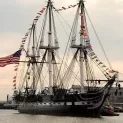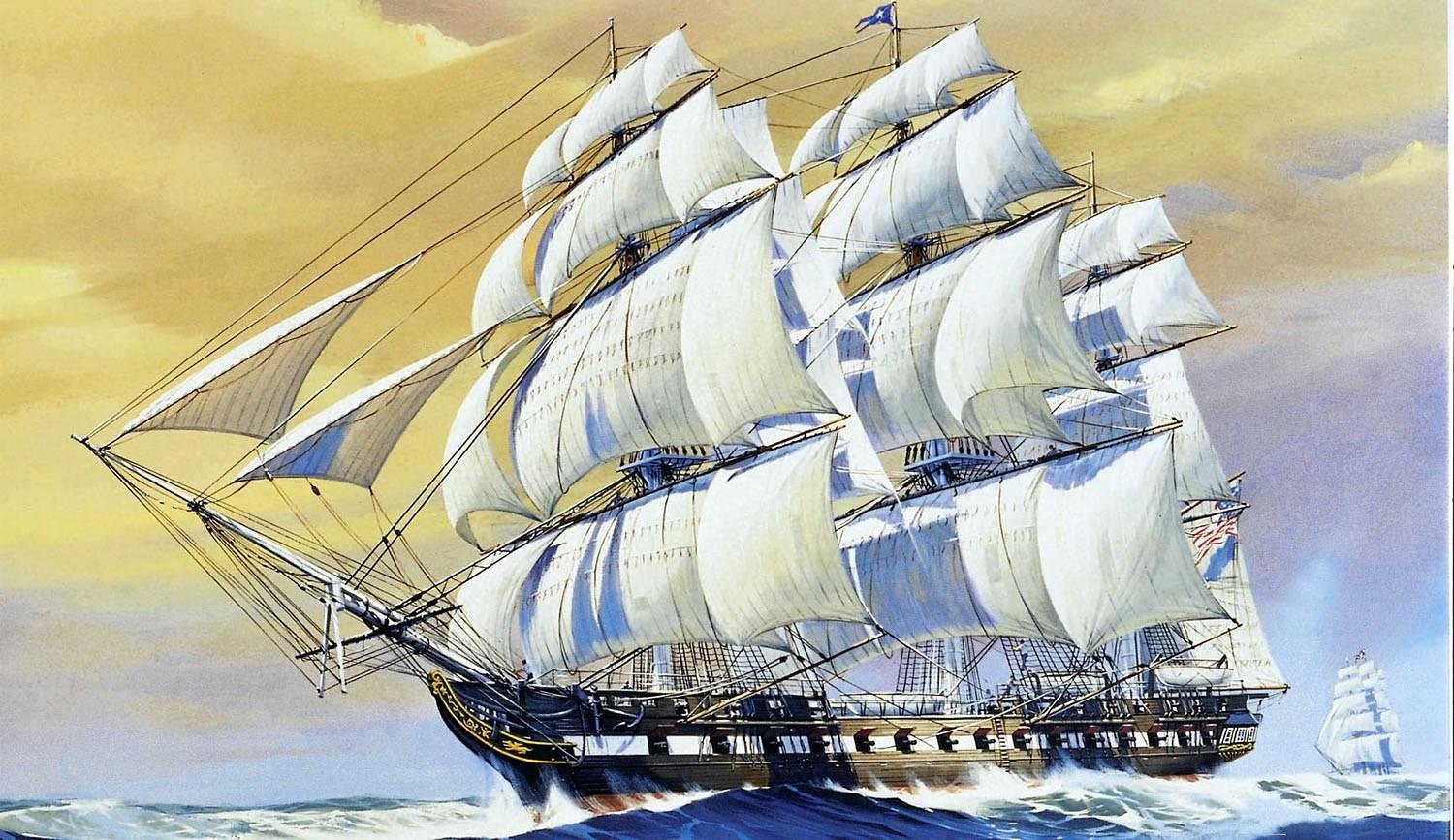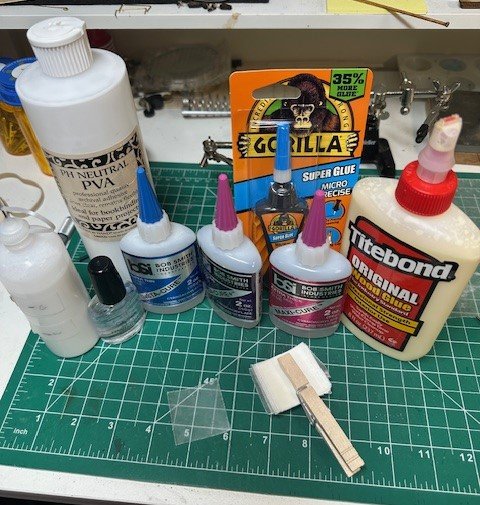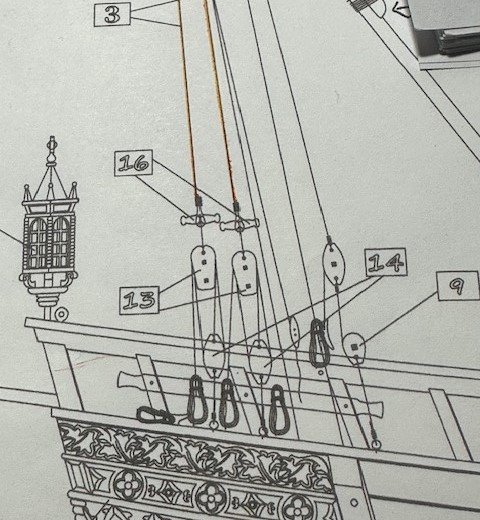-
Posts
994 -
Joined
-
Last visited
Content Type
Profiles
Forums
Gallery
Events
Everything posted by GGibson
-
Absolutely exquisite work, TBE! Appreciate your background historical explanation and interpretation.
- 193 replies
-
- Model Shipways
- constitution
-
(and 5 more)
Tagged with:
-

USS Constitution by mtbediz - 1:76
GGibson replied to mtbediz's topic in - Build logs for subjects built 1751 - 1800
Awesome work, Mustafa! Did you paint and stripe these last planks off-ship before gluing to the top head rails? I know your summer break is coming up quickly. Enjoy your vacation! 🏆👍 -
Based on how Henry phrased his question, I am assuming he is referring to PDF files that are attached to posts. For testing purposes, I looked at the following post (found using "pdf" in the Search box), where EdT has numerous PDF files in his post. I am using Microsoft Edge, not Chrome, but I had no issues opening and/or downloading a handful of the files in that post.
-

CA (cyanoacrylate) "super glue"
GGibson replied to Dr PR's topic in Modeling tools and Workshop Equipment
Here's my "everything glue" picture. Previously, whenever I needed to use CA, I grabbed the Gorilla Super Glue with the Micro-precision nozzle. But, for the past few years, I have been using the Bob Smith Industries cyanoacrylate products, and have the extra thick, the gap filling medium and the super thin. To be honest, the super thin is really hard for me to control, so don't use it as much, but need to keep using it. They are great CA solutions, when needed. To apply, I grab a small wax paper square out of my stock (held with the clothes pin) and place a dab or so on the wax paper and use a thin toothpick. For my diluted glue supply, I have a bottle of PH Neutral PVA that I keep diluted in a small squeeze bottle with a needle applicator. That works really well, and I always have a Q-tip handy to soak up any excess (if needed) . In my current rigging of the Santa Maria, I have begun using the Sally Hansen Hard As Nails polish, which has come in super handy and convenient for the rigging knots. The built-in applicator brush makes it super easy to place a small drop on the rigging where needed, and it has a decent dry time to keep the job moving. And, of course, finally, the Titebond Original for all my wood gluing. I'm liking the Original better than the Premium. Anyways, back to Phil's original query, I am not familiar with the Locktite product but have seen it in the store. I had no issues with the Gorilla drying up, and have had no issues with the BSI products (although I do recap continuously when using. -
Looks good, Peter! And also remember what has been mentioned on countless other build logs... You are noticing things, as the artist, using a zoomed-in camera. Back up 2-3 feet with the naked eye and it's never noticed. 🤷♂️👍 Over the side somewhere! With one hand hanging onto a rope and the other hand... well, nevermind.... 🫢🤣
-
I really enjoyed working on Caldercraft's Ballahoo.
-

USS Constitution by mtbediz - 1:76
GGibson replied to mtbediz's topic in - Build logs for subjects built 1751 - 1800
Yeah, I assumed, after you measured where the notches should be and milled them, you slid the supports in a bit sideways so they clear the rails and then pivot them into position. Excellent work. Another winner I need to remember! -

USS Constitution by mtbediz - 1:76
GGibson replied to mtbediz's topic in - Build logs for subjects built 1751 - 1800
Looks like you made a wise decision, Mustafa! Your supports are fitting between those rails like hands inside a glove. Especially interesting how you made the notches in the supports for those lower rails. Anxious to see how you finish this area up. Great work, as usual, sir! -

Best White Wood Glue For Ship Building
GGibson replied to OldeManToad's topic in Modeling tools and Workshop Equipment
Hey Phil! A great, comprehensive response to many of the "gluing solutions"! I have read a lot here on MSW regarding the advantages of using shellac in securing our rigging. My question with that, though, is... what does someone use to transfer the quart or gallon-sized can of shellac you purchase at the hardware store to something you can use at your shipyard bench in order to place a drop on your rigging knot? Can the shellac be placed in the same type of small plastic needle tip applicators that we use for our diluted glue? Or are we just pouring small portions of shellac into a shallow cup or bowl and use from there? Some type of applicator would be great and would probably create less waste. Appreciate anyone's input! -

Best White Wood Glue For Ship Building
GGibson replied to OldeManToad's topic in Modeling tools and Workshop Equipment
Maybe a bit late to the responses, but awhile back someone here recommended using diluted PH Neutral PVA glue (I put the mixture in a needle tip squeeze bottle) for gluing rigging, which works well for me, but I do use the Titebond Original for my wood-to-wood gluing. To undo it, apply some heat using something like a soldering tip. For wood filler, I have had good recent success with DAP Plastic Wood-X. If the container dries out fast, the DAP folks told me to add a drop or so of water to soften it up. 🤷♂️👍 -
Thanks for this info, Chuck! I had not heard about this. I was a first-time customer of Malco back around Christmas time, when I purchased $200 worth of blades for my Byrnes saw. The blades I have used so far have worked very well. Hope the quality stays high.
-
And good luck with THAT! 🤷♀️🤣👍 Honestly, Peter, speaking as the odd man out from where all you guys are currently that I'm following on your respective Constitution builds, but... your bow area has looked awesome to me. Keep doing well, sir! I'm anxious and excited to get anywhere near this point. Carry on! 🏆
-
You can make them yourself, as both Desertanimal and CPDDET suggest (I've done the wrap-around solution a few times, and cut them with some flush cutters or snippers), or... I have had great success ordering from this small business multiple times - Creating Unkamen. Perhaps a dealbreaker, but FWIW, they aren't terribly fast in shipping. May take a few weeks as I think she told me they only make orders as they receive them, not a big inventory. But their quality is top-notch.
-
These all look great, Chuck! More "stuff" to add to my Syren shopping list once I get to my Constitution build. 👍🏆 I am curious, though, what are the specific purpose of the toggles? The Pavel Nikitin version of the Santa Maria that I am currently finishing has toggles in various locations on the running rigging and at the end corners of sails. I assume they were placed on these ships in order for the crew to pull down on as they secured the various lines to make them as taut as possible. Any other reasons/purpose? Continued success on your Syren operations, Chuck!
-
I've had recent success with Malco saw blades for my Byrnes saw as an alternative to the Thurston blades. Home - Malco Saw Company
About us
Modelshipworld - Advancing Ship Modeling through Research
SSL Secured
Your security is important for us so this Website is SSL-Secured
NRG Mailing Address
Nautical Research Guild
237 South Lincoln Street
Westmont IL, 60559-1917
Model Ship World ® and the MSW logo are Registered Trademarks, and belong to the Nautical Research Guild (United States Patent and Trademark Office: No. 6,929,264 & No. 6,929,274, registered Dec. 20, 2022)
Helpful Links
About the NRG
If you enjoy building ship models that are historically accurate as well as beautiful, then The Nautical Research Guild (NRG) is just right for you.
The Guild is a non-profit educational organization whose mission is to “Advance Ship Modeling Through Research”. We provide support to our members in their efforts to raise the quality of their model ships.
The Nautical Research Guild has published our world-renowned quarterly magazine, The Nautical Research Journal, since 1955. The pages of the Journal are full of articles by accomplished ship modelers who show you how they create those exquisite details on their models, and by maritime historians who show you the correct details to build. The Journal is available in both print and digital editions. Go to the NRG web site (www.thenrg.org) to download a complimentary digital copy of the Journal. The NRG also publishes plan sets, books and compilations of back issues of the Journal and the former Ships in Scale and Model Ship Builder magazines.







